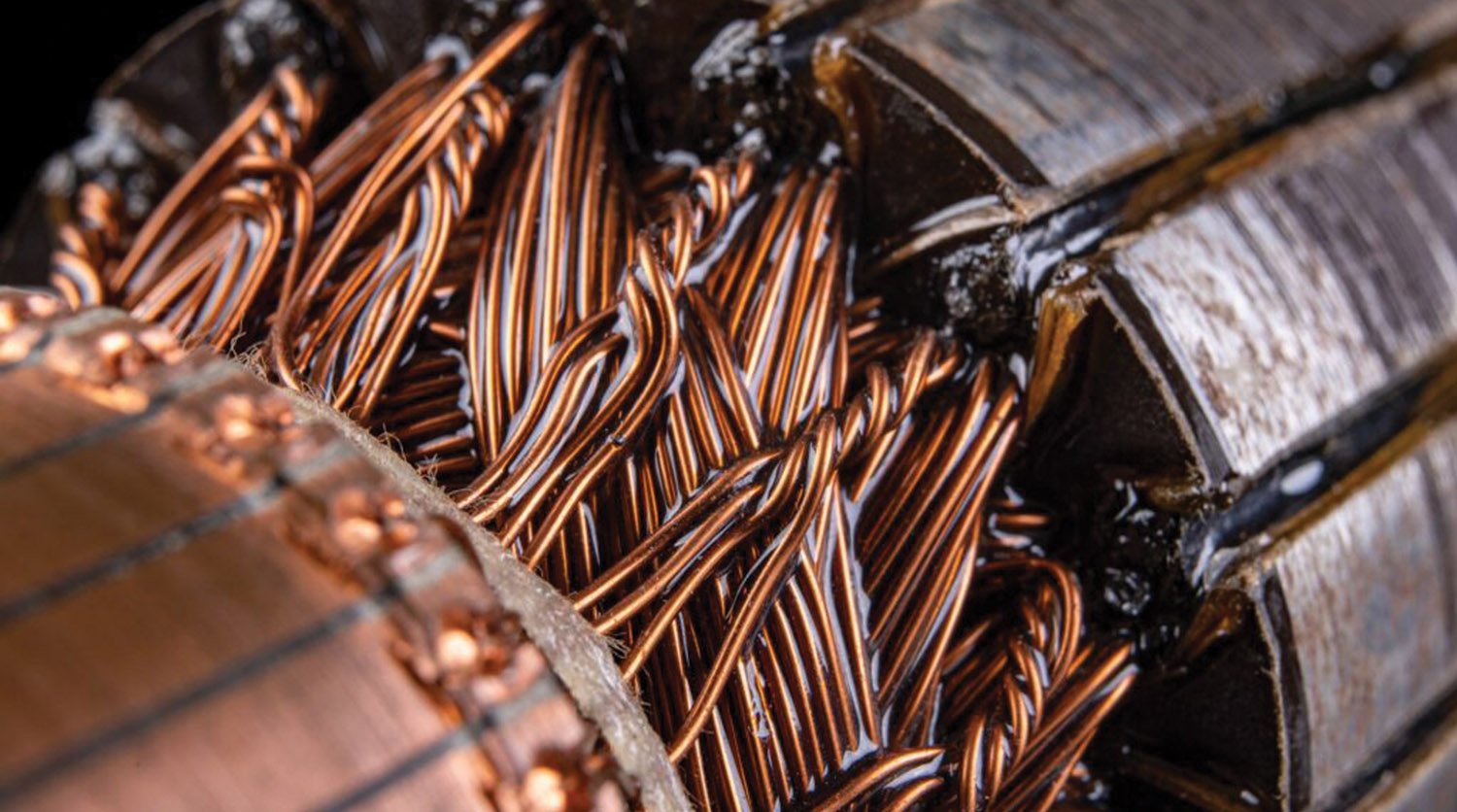
B. Ariunaa
In addition to mega projects such as the construction of a copper smelter and industrial complex that have been discussed for ten years, the time has come to lay down the foundations for high-tech industry that is capable of manufacturing finished products, even small ones.
Countries around the world are focusing on dominating the market with green technologies. That also means correctly assessing future demand for copper. Mongolia currently exports raw materials such as copper on a small scale, and needs vision and integrated policies to develop high-tech value-added industries.
The U.S. government has temporarily suspended the operation of six large copper projects with reserves of 11 billion tons. That is how the US is “conserving” this mineral, the efficiency and economic benefits of which will only increase many times over in the future. Thus, it is clear that the mineral resource policies of the world’s leading powers are changing at the speed of light. But what policy is Mongolia, with the world’s fifth largest proven copper reserves pursuing in this sector?
In an era of global climate change, geopolitical tensions, and rapid advances in technology, governments are facing challenges such as moving away from coal and transitioning to new renewable energy to fulfill their commitments to reduce carbon . Accordingly, leading investment companies have expressed interest in developing clean energy technologies and investing in this sector.
It is clear that copper is a key raw material for implementing eco-friendly green technologies that reduce greenhouse gas emissions. It will shape the future of all green development and remain the crucial mineral commodity for decades to come.
Research organizations such as S&P Global and Goldman Sachs stated in their reports that due to intensive green development and continuous growth of copper demand, global copper supply is expected to be 1.5 million tons less than demand by 2035. This is 600% more than current consumption.
According to mineral experts, global demand for copper will reach 50 million tons within the next ten years.
Mongolia’s geographical features, sunshine in all four seasons and strong winds in the mountainous regions are ideal for the development of renewable energy production, that will reap huge economic benefits. Currently, renewable energy accounts for only 9.16% or 748.9 million kWh of Mongolia’s total energy production.
Six tons of copper are required for the construction of a 2 MW wind farm alone.As technology advances rapidly and new and more efficient industries come up, further increase in copper consumption is inevitable.
Mongolia has vast reserves but our copper, used in renewable energy production such as solar and wind stations, electric cars and high technology, is still exported only as lower-value concentrate.
The Oyu Tolgoi deposit, which ranks 4th in the world in terms of production, and the Erdenet plant, which produces about 580,000 tons of copper concentrate annually, process ore and export copper concentrate to the international market. “We export our copper in concentrate form, the least cost-effective form, and in contrast, we continue to import energy at a high price,” said J. Ganbaatar, Minister of Energy and Mineral Resources.
In the first eight months of this year, Mongolia exported about 1.1 thousand tons of copper concentrate. This is $218.4 million more than in the same period last year.
Everyone agrees that smog in Ulaanbaatar has reached catastrophic levels, and the minister in charge of traffic congestion once said that increasing the number of electric cars is one of the main ways to reduce air pollution. Cars with internal combustion engines contain 23 kg of copper, while electric cars contain 2.5 times as much. A global competition for the production of parts for this type of vehicle has already begun. When and how Mongolia will participate in this competition is not yet clear.
There is a Mongolian brand of cell phone that is assembled and sold in the market, but its raw materials are still sourced from the south. A few days ago, China imposed export restrictions on gallium and germanium, two rare earth elements used in the production of semiconductors, which are the main raw materials for cell phones. Copper is also listed as an important mineral.
Thus, the role of this mineral, the demand for which is constantly growing in the world, in the economy, production potential and competitiveness of the country can hardly be overestimated. However, Mongolia continues to export only primary processed copper ore. This does not mean that we are not capable of producing value-added microplates. But that requires us to adapt and develop with the market.